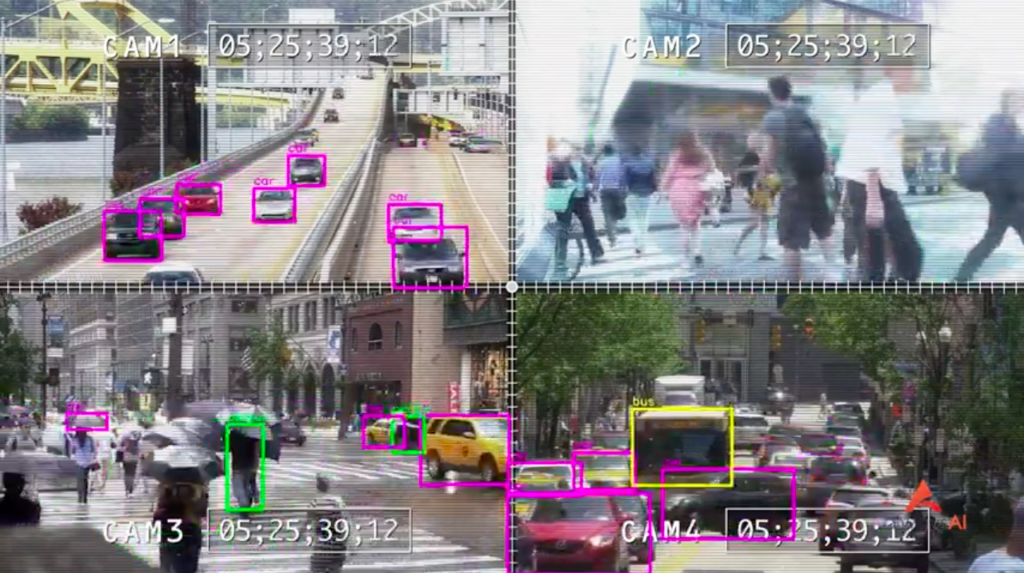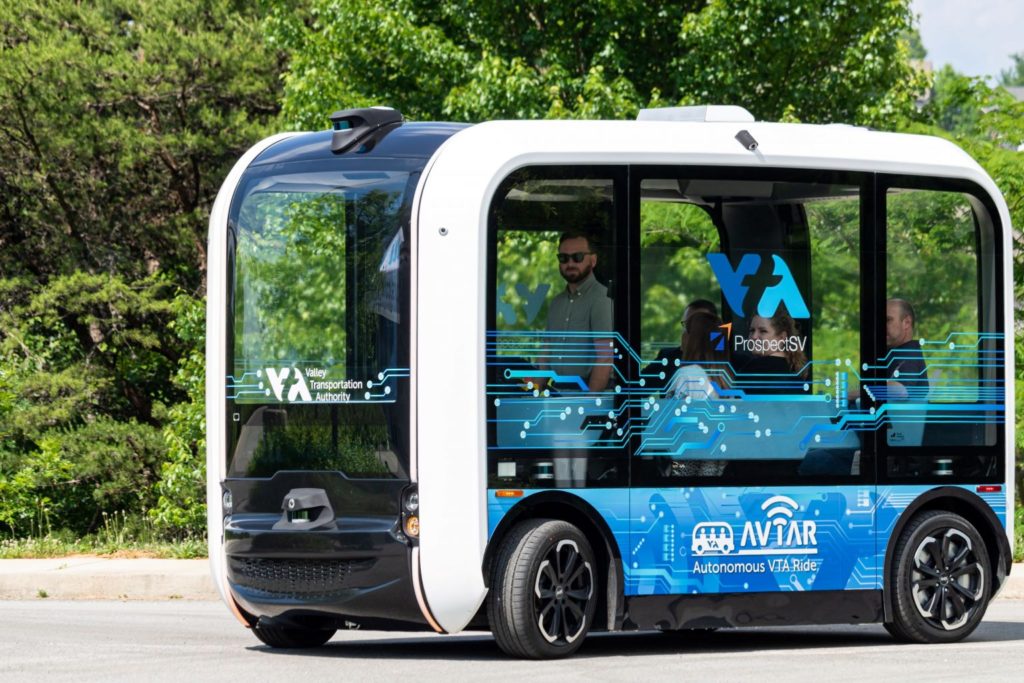Local Motors continues to revamp its Olli 2.0 shuttle, which features a chassis made from 80 percent 3D printed parts. After receiving a $15 million infusion in fall 2020, the autonomous vehicle (AV) manufacturer has initiated a partnership with door2door for managing Olli shuttle fleets. It then placed a large order for electric motors for its 3D printed Ollis. Next, it began testing out Goodyear’s airless 3D printed tires. Local Motors’ latest partnership will bring the computer vision applications of alwaysAI to the autonomous shuttles.
alwaysAI will introduce some automated accessibility features and an improved passenger experience to Local Motors’ AVs. In turn, the vehicles will be able to serve a greater number of passengers, increase utilization, and enhance rider safety. The companies don’t specific exactly what this will look like in the real world, only saying that the deep learning computer vision software will offer “smarter and safer onboarding experiences, particularly for customers with unique assistance needs.” This includes veterans in Palo Alto, CA.
“Computer vision is a critical part of the new transportation industry. CV provides intelligent sight to autonomous vehicles, like the shuttles from Local Motors, and presents a significant opportunity to improve services and features as AVs spread across our communities,” said Marty Beard, co-founder & CEO of alwaysAI.
alwaysAI offers technology that streamlines the process of training AI for intended applications using simple APIs. In turn, developers can more quickly deploy computer vision for such uses as object detection, classification, tracking, counting and semantic segmentation.
In the case of Olli, we can imagine the shuttle being able to recognize wheelchairs and canes and respond appropriately, maybe notifying other riders to make space or automatically opening up a portion of the shuttle for wheelchair placement. We could imagine similar uses for pregnant people and caregivers with strollers.

alwaysAI’s deep learning computer vision can recognize, track, count objects and more. Image courtesy of alwaysAI.
Local Motors says that alwaysAI’s technology will also be used to “improve overall in-cabin experience and safety.” Perhaps this means that screens within the shuttle would turn on or engage with a rider when that rider looks at them. It could potentially count the number of passengers onboard, notifying door2door apps to forgo picking up any other passengers. So, we’re thinking of in-cabin AI, rather than the AI used to navigate streets, which is instead powered by Robotic Research’s AutoDrive.
“This partnership is critical to unlocking new value for our customers,” says Vikrant Aggarwal, President of Local Motors. “Our work with alwaysAI® is another example of Local Motors’ strategy to be open and integrate the best technology into Olli.”
From Local Motors’ progress, it seems as though the startup has made sufficient headway in terms of manufacturing, already having developed the ability to 3D print the chassis of its vehicles using Big Area Additive Manufacturing from Cincinnati Incorporated. Now, it’s working on establishing the proper artificial intelligence technology for its shuttles and creating a fully fleshed out experience for its riders.
Subscribe to Our Email Newsletter
Stay up-to-date on all the latest news from the 3D printing industry and receive information and offers from third party vendors.
You May Also Like
3D Printing Unpeeled: Wind Turbines, Probiotics and Lenses
TPI Composites, ORNL and Ingersoll Rand are working to make wind turbine tooling segments that can be 18.3 meters long. These elements also include resistive wires that help keep the...
3D Printing Unpeeled: Digital FDM Filament for Functional Gradients
Just published in Nature, a paper by a Seoul National University team looks at “3D printing with a 3D printed digital material filament for programming functional gradients.” Sang-Joon Ahn, Howon...
3D Printing Unpeeled: $5000 Cold Spray 3D Printer, Roland DGA & Living Materials
The AeroForge is a $5000 cold spray metal printer for copper made by a student team at Rice University. In a paper for ACS Central Science a team from Nanjing...
3D Printing Webinar and Event Roundup: April 28, 2024
In this week’s 3D Printing Webinar and Event Roundup, the Ceramics Expo is taking place in Michigan, Stratasys continues its advanced training courses, and SPE is holding a Polymer Characterization...
































